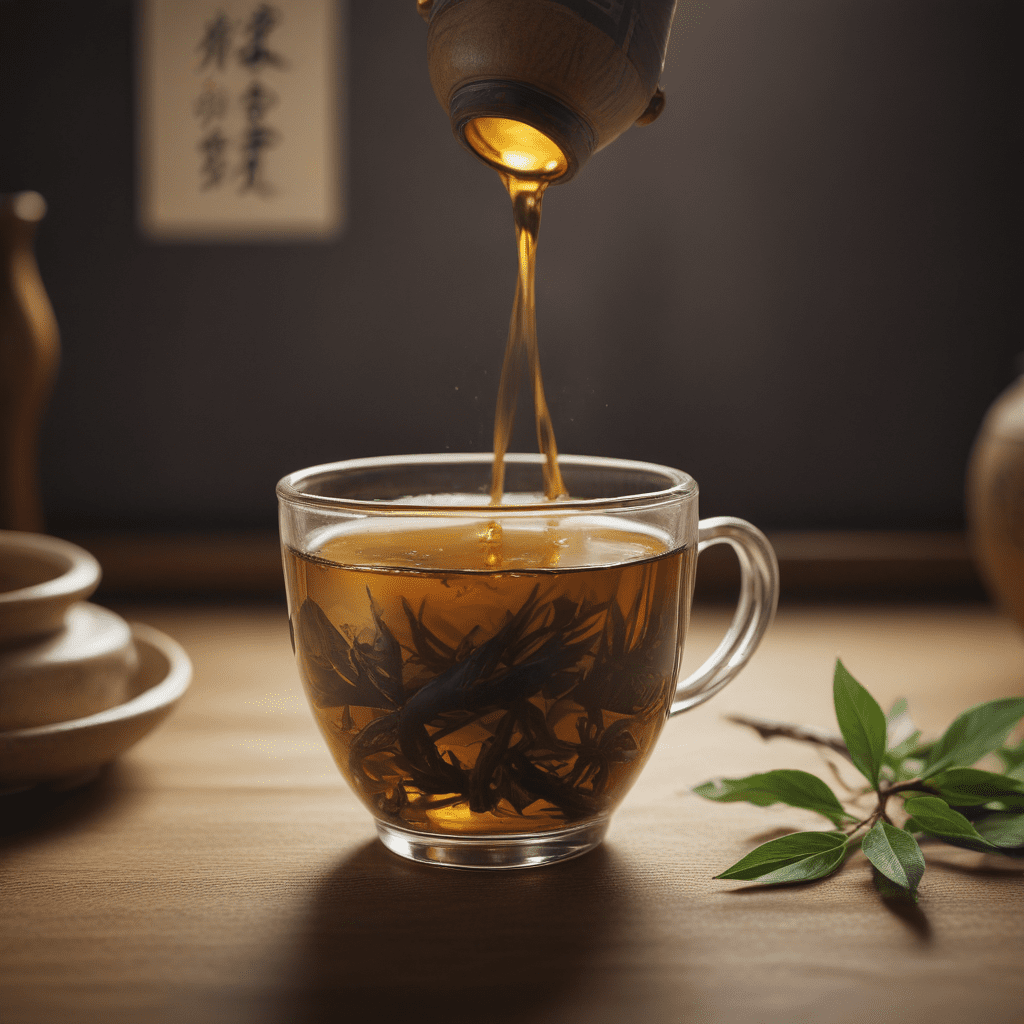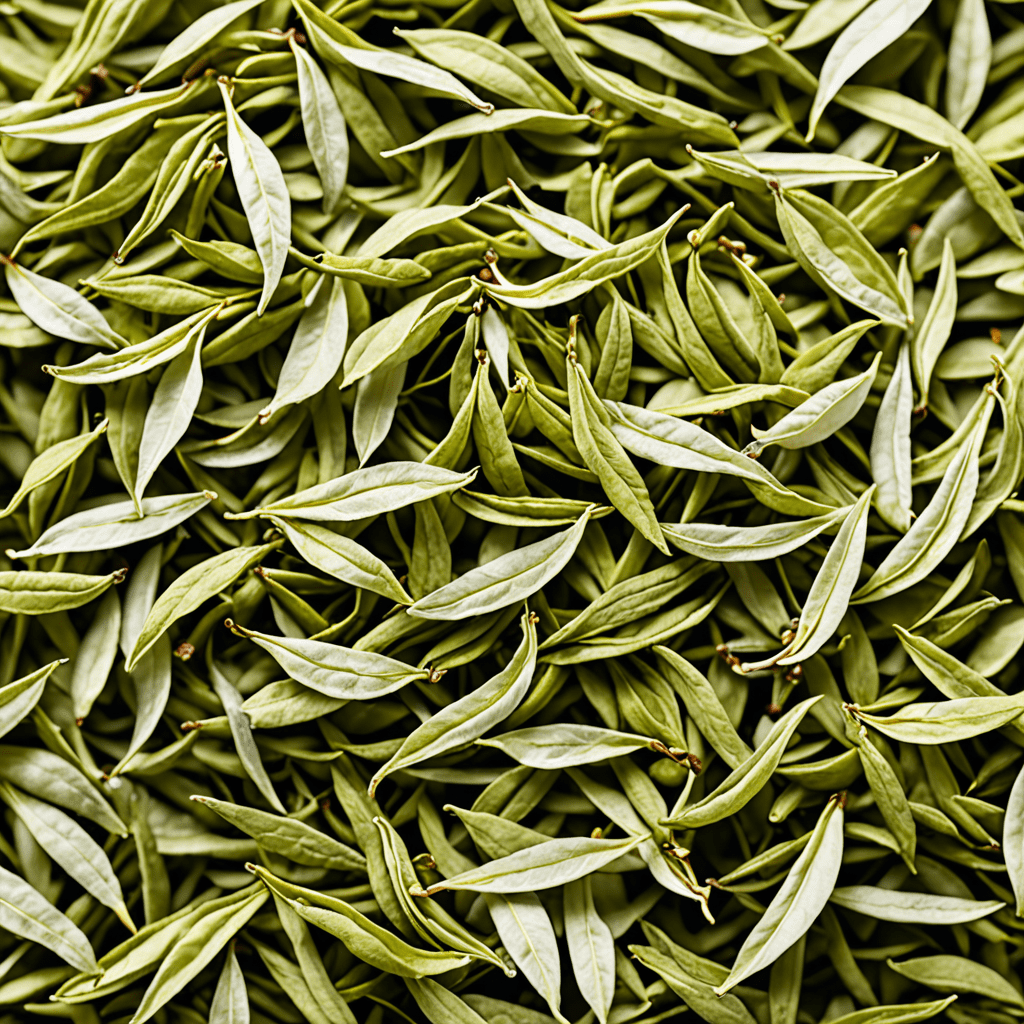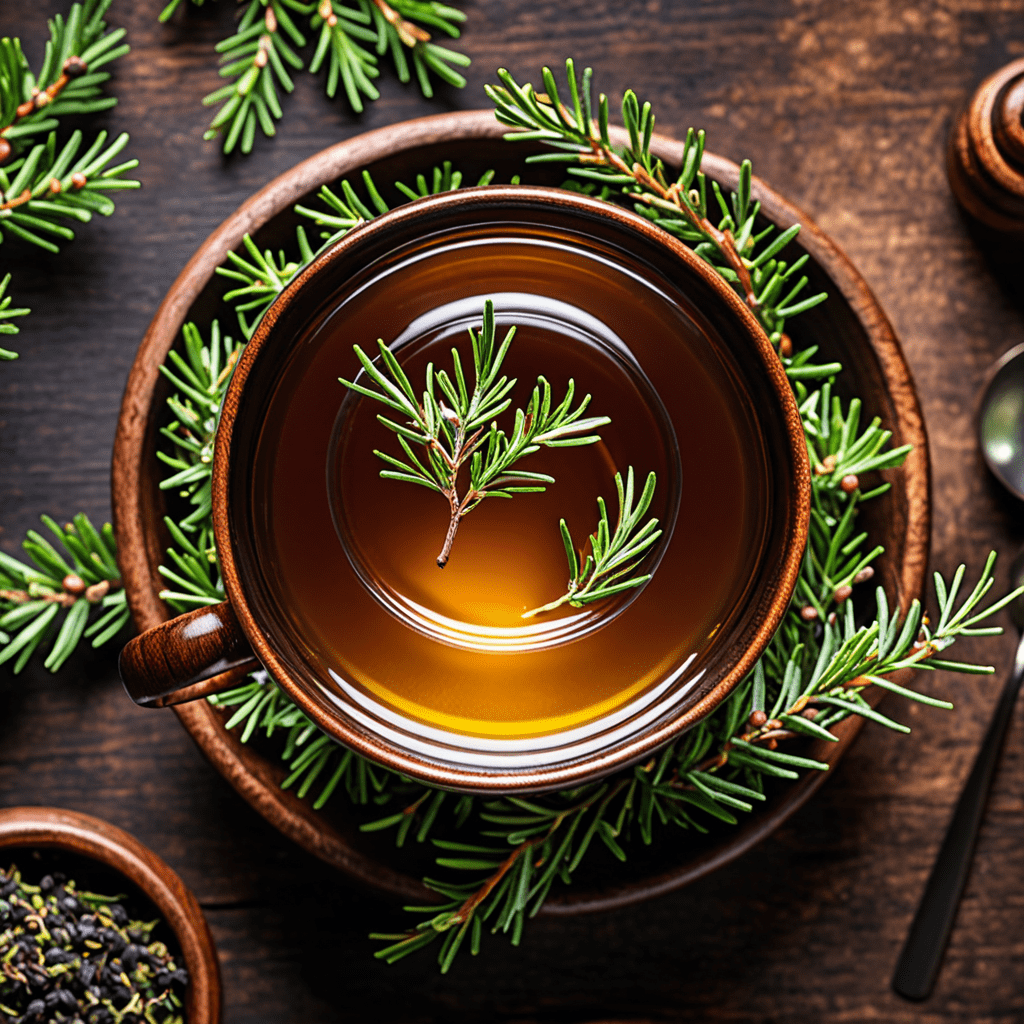
Chinese Tea Culture: Navigating the Five Elements
Introduction: The Five Elements in Chinese Philosophy
For centuries, the ancient Chinese philosophy of Five Elements has provided a framework for understanding the natural world and human experience. Within this system, the five elements – Fire, Earth, Metal, Water, and Wood – represent fundamental forces that interact and influence all aspects of life, from the seasons to the human body.
In Chinese tea culture, the Five Elements play a significant role in guiding the choice and preparation of tea. By understanding the properties of each element and how they relate to different types of tea, tea enthusiasts can create a harmonious and balanced tea experience that nourishes both the body and the spirit.
The Fire Element: Green Tea and Its Cleansing Effects
Associated with the color red, the Fire element represents passion, energy, and transformation. In tea culture, green tea embodies these qualities. Green tea is known for its fresh, vegetal flavor, light body, and high antioxidant content. It is believed to stimulate the digestive system, promote circulation, and support overall vitality.
The Earth Element: Pu-erh Tea and Its Grounding Properties
The color yellow represents the Earth element, which signifies stability, grounding, and nourishment. Pu-erh tea, a fermented tea from Yunnan province, exemplifies these attributes. Pu-erh tea has a dark, earthy flavor, a thick, full-bodied texture, and a rich aroma. It is believed to aid digestion, support the immune system, and promote a sense of well-being.
The Metal Element: White Tea and Its Clarity and Focus
White tea, known for its delicate, floral flavor and pale color, is associated with the Metal element. The Metal element represents clarity, focus, and precision. White tea is believed to promote mental clarity, enhance concentration, and support the respiratory system.
The Water Element: Oolong Tea and Its Balancing Nature
The Water element, represented by the color black, signifies adaptability, flow, and balance. Oolong tea, a semi-oxidized tea, embodies these qualities. Oolong tea has a complex, aromatic flavor, a smooth, medium body, and a lingering finish. It is believed to promote hydration, regulate body temperature, and support overall health and balance.
The Wood Element: Black Tea and Its Stimulating and Warming Effects
Tea Preparation and the Elements: Harmony and Balance
The Five Elements influence not only the choice of tea but also the method of preparation. By brewing tea according to the properties of each element, tea enthusiasts can enhance the tea's therapeutic benefits and create a harmonious experience.
For example, green tea, associated with the Fire element, benefits from a quick steeping time in hot water to preserve its antioxidant properties. Pu-erh tea, representing the Earth element, requires a longer steeping time in boiling water to fully extract its flavors and grounding qualities.
Tea Rituals and the Five Elements: Connecting with the Seasons
In Chinese tea culture, the Five Elements are also associated with the seasons. Green tea is often enjoyed in spring, aligning with the Fire element's cleansing and invigorating qualities. Pu-erh tea is favored in summer, corresponding to the Earth element's grounding and cooling effects.
White tea, connected to the Metal element, is ideal for autumn, promoting clarity and focus during the transition to cooler temperatures. Oolong tea, representing the Water element, is best enjoyed in winter, supporting hydration and balance amid the cold and dryness.
Pairing Tea with Food According to the Five Elements: Enhancing Digestion and Well-being
The Five Elements can also guide the pairing of tea with food to enhance digestion and overall well-being. For instance, green tea pairs well with spicy dishes, as its cooling properties can balance the heat. Pu-erh tea complements fatty foods, aiding digestion and reducing their impact on the body.
White tea is a suitable accompaniment to light meals, supporting digestion and promoting mental clarity. Oolong tea pairs well with rich and flavorful dishes, promoting balance and preventing overeating. Black tea, representing the Wood element, pairs well with hearty meals, stimulating digestion and warming the body.
Conclusion: The Five Elements as a Guide to a Harmonious Tea Experience
By understanding the Five Elements and their relationship to different types of tea, tea enthusiasts can create a truly holistic and harmonious tea experience that nourishes both the body and the spirit. The Five Elements serve as a valuable guide for selecting, preparing, and enjoying tea in a way that promotes balance, well-being, and a deep appreciation for the art of tea.
FAQ
What are the Five Elements in Chinese tea culture?
The Five Elements are Fire, Earth, Metal, Water, and Wood, each representing specific qualities and influencing the choice, preparation, and enjoyment of tea.
How does the Fire element relate to green tea?
Green tea embodies the Fire element's cleansing and invigorating qualities, promoting vitality and supporting the digestive system.
Why is Pu-erh tea associated with the Earth element?
Pu-erh tea's grounding and nourishing properties align with the Earth element, supporting the immune system and promoting a sense of well-being.
How does the Metal element manifest in white tea?
White tea's clarity and focus-enhancing qualities reflect the Metal element, supporting mental sharpness and promoting respiratory health.
What is the role of the Water element in oolong tea?
Oolong tea's balancing and hydrating properties correspond to the Water element, promoting overall health and supporting adaptability.
How does the Wood element influence black tea?
Black tea's stimulating and warming effects embody the Wood element, supporting digestion and providing a boost of energy.


